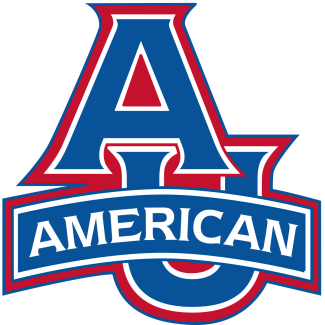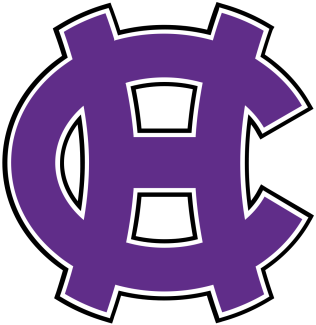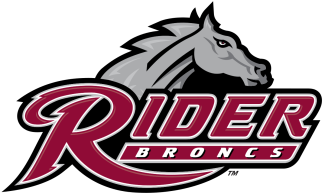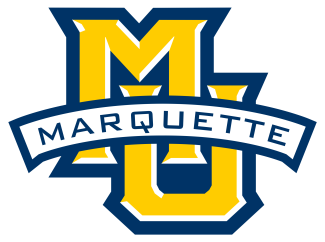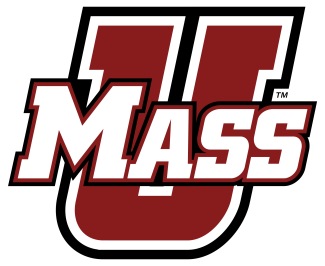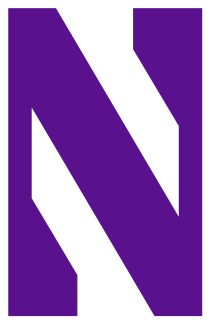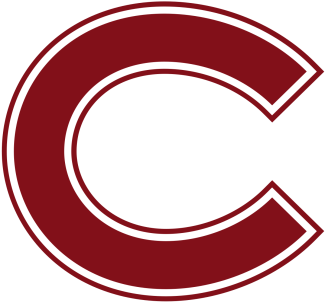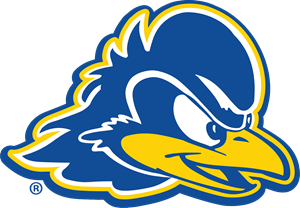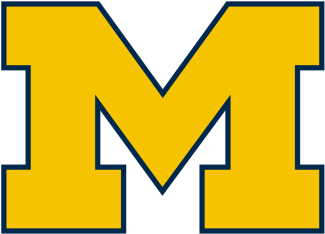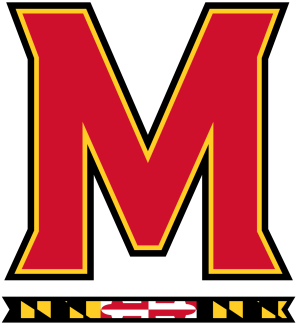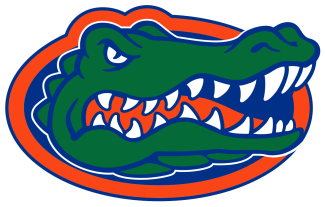There was a time not too long ago when Johns Hopkins got the best of Duke in huge postseason men’s lacrosse clashes.
In 2005, the Blue Jays ended a 17-season NCAA championship drought by denying the Blue Devils in the title game, 9-8. Two years later, Hopkins jumped on them early, before holding off Duke, 12-11, to win its ninth crown. In 2008, the Blue Jays took a 10-9 victory over favored Duke in the national semifinals.
Those tables have turned significantly since, as Duke has left three large bruises on the Hopkins ego with playoff routs.
In 2010 and 2014, Hopkins was a postseason steppingstone for Duke, which won its first crown two weeks after crushing the Jays in the 2010 first round, 18-5, and won its third and most recent NCAA title after dispatching Hopkins in the ’14 quarterfinals, 19-11.
Then came the embarrassment of last year. One year after injury-riddled Hopkins got dismantled in 2016 at Brown in the first round by a 17-8 count, the Blue Devils crushed Hopkins, 19-6 – its worst NCAA tournament loss ever at Homewood Field, which matched the same losing margin in Durham seven years earlier.
Dave Pietramala, the 18th-year head coach of fifth-seeded Hopkins (12-4), expressed enormous respect for the fourth-seeded Blue Devils (14-3) and also vowed things would be different when the two teams square off in Sunday’s quarterfinals at Navy.
Hopkins, which lost by a goal to archrival Maryland in the NCAA semifinals in 2015, this year beat Maryland to win its second Big Ten tournament and, as they have done numerous times down the stretch in 2018, showed impressive late kick while doing it. The Jays exploded for eight, second-half goals to take a 13-10 victory.
In Sunday’s first-rounder against visiting, unseeded Georgetown, the Blue Jays erased a five-goal, second-half deficit by scoring five, fourth-quarter goals, before pulling out a 10-9 win in overtime.
That marked Hopkins’ ninth win in its last 11 games. Since March 24, when Hopkins erased a 9-2 halftime deficit at Virginia and won, 15-13, the Blue Jays are 7-2. Every game has been decided by three goals or fewer. Hopkins is 4-1 in one-goal affairs over that stretch.
“You can make the argument that we’re facing the best team left in the tournament,” Pietramala said. “We’ve come a long way since that day last year. Our seniors have been through so much together. One thing I can guarantee is this is going to be a fight.”

